Jupiter in all its glory, as seen via NASA’s James Webb Space Telescope. Though it’s only been operational for a short period of time, the telescope has already managed to shock the scientific community once again. The breathtaking picture was released by NASA to the public. Here’s a collection of the most stunning pictures.
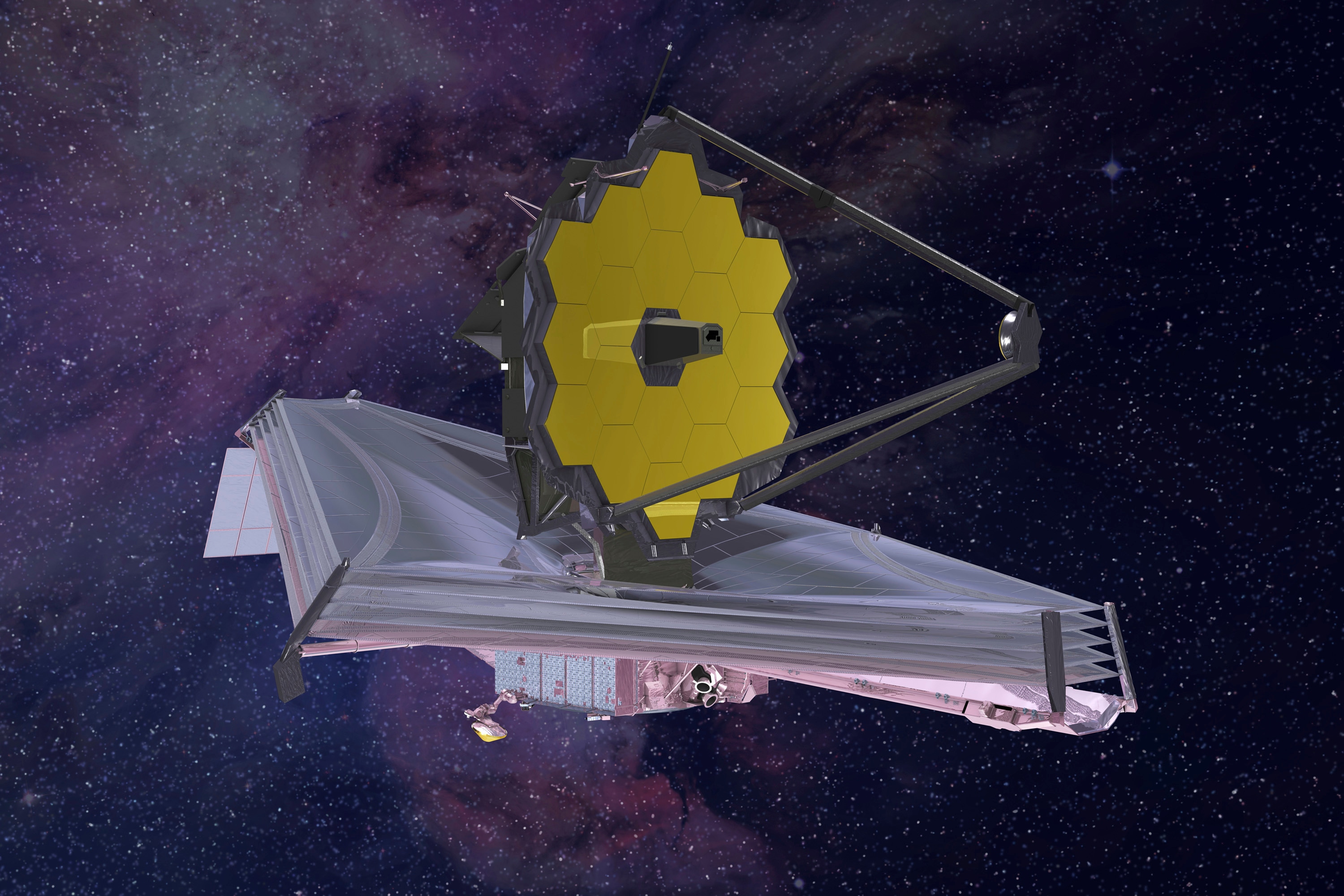
Pet the story on Space.com, the picture was taken by Webb’s NIRCam after it had been trained on Jupiter for over 11 minutes with the F212N filter, which detects light that has a wavelength of 2.12 microns, or around the size of a typical bacteria.
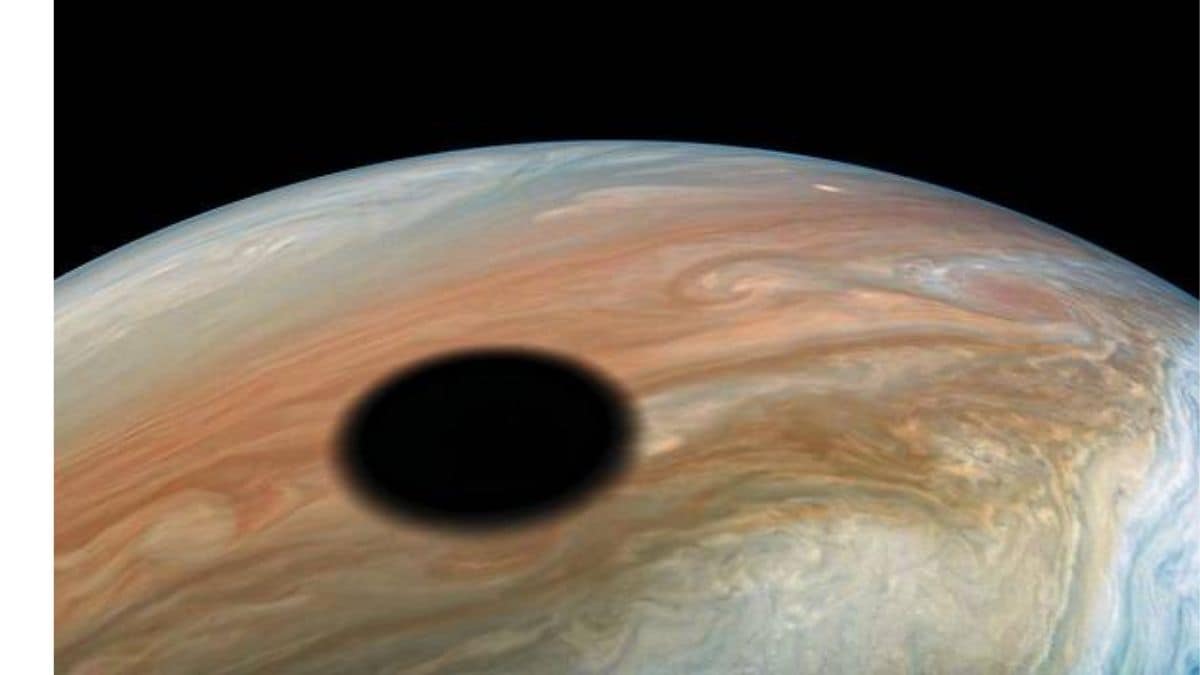
According to the source, NASA’s James Webb Telescope will focus on Jupiter’s volcanic moon Io, the huge asteroid Hygeia, and the supernova leftovers Cassiopeia A next week according to the initial timetable by the Space Telescope Science Institute, which operates the telescope. So far, scientists have used data from the James Webb Space Telescope to discover 55 distant galaxies, with 44 of them being new to science.
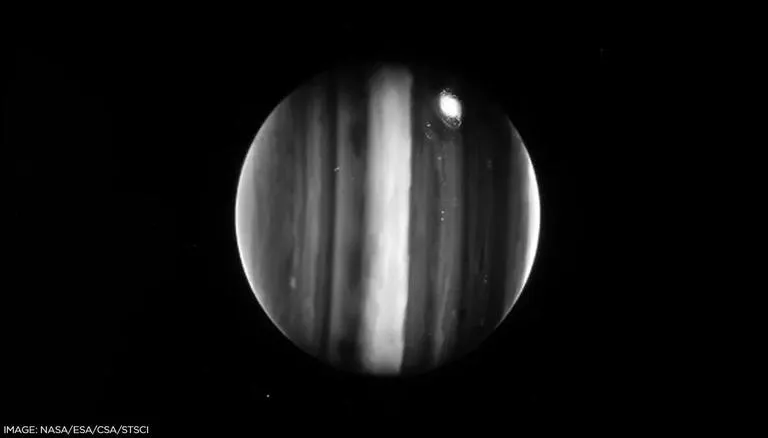
On July 27, the James Webb Space Telescope took a breathtaking picture of Jupiter, the largest planet in the solar system, shining in the blackness of deep space.
The telescope’s Near Infrared Camera (NIRCam) instrument took the picture on July 27 that shows off the planet’s distinctive characteristics in stunning detail. The Great Red Spot and atmospheric bands on the earth are prominently seen in this photograph. The picture and the JWST observations are meant to aid in the study of atmospheric and planetary phenomena including winds and auroras by providing insight into the thermal composition and layers of the atmosphere and planet.
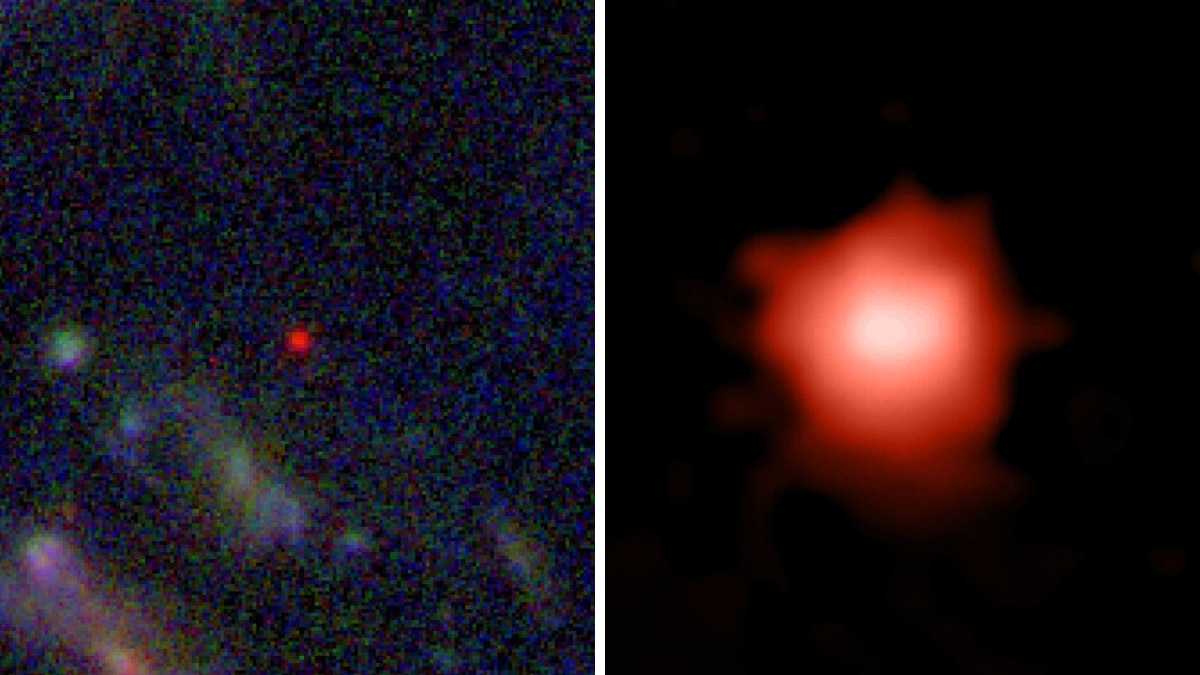
About two weeks ago, a picture of the GLASS-z13 galaxy was released by the James Webb Space Telescope. At the time, this galaxy was thought to be the oldest in the universe, with its approximate age being only 300 million years following the Big Bang. Amazing as it was, a week afterwards the telescope discovered an even older galaxy.

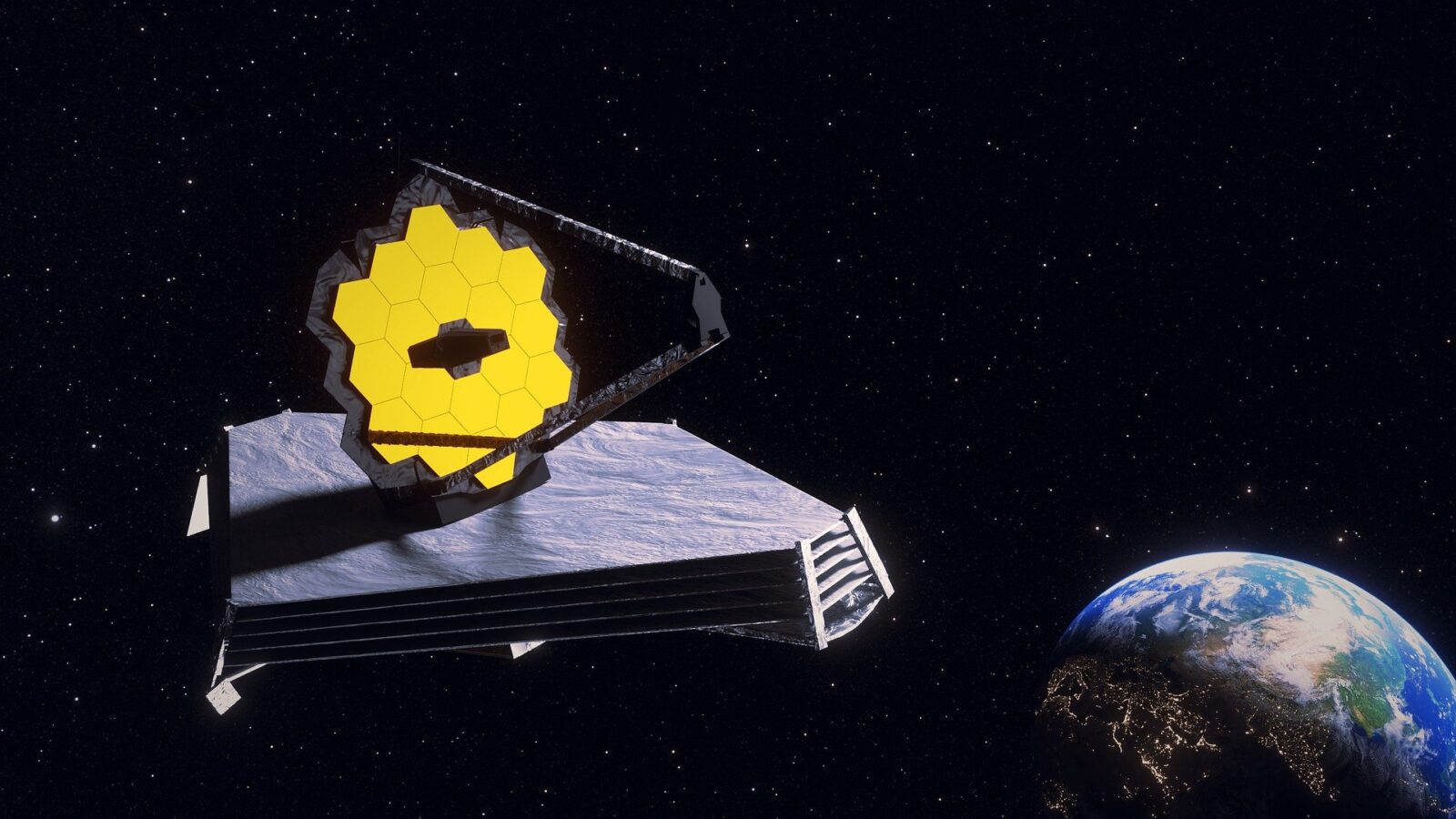












Leave a Reply